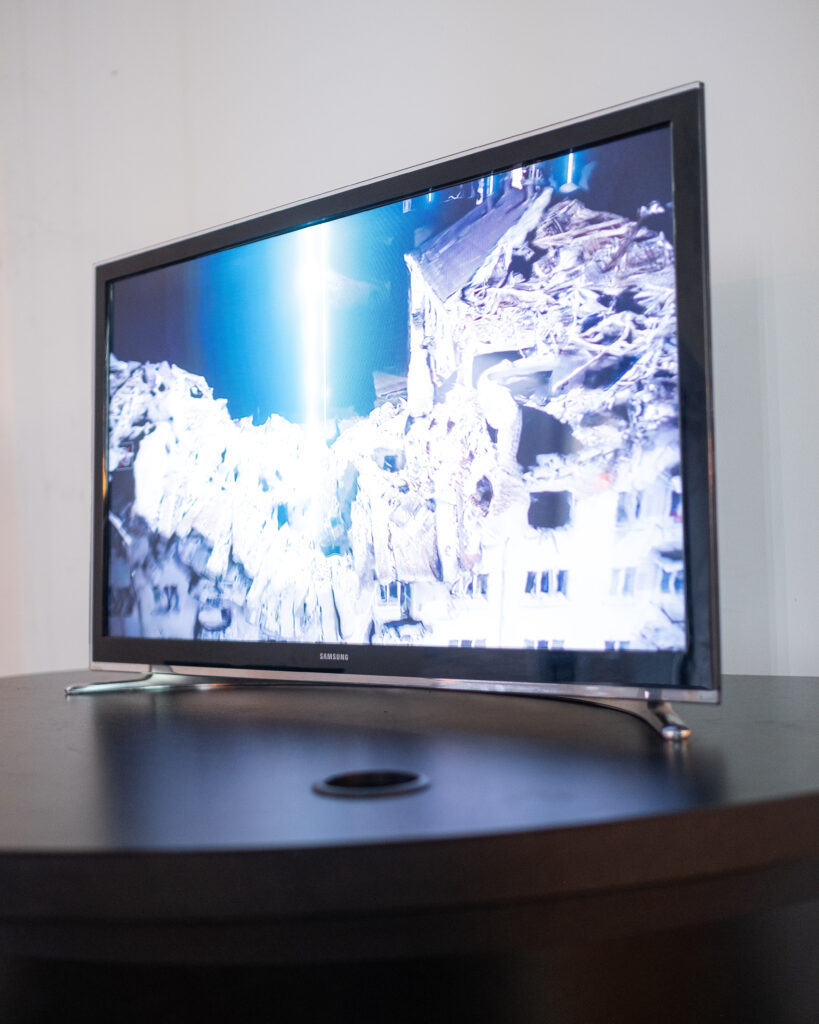
The ECHO Academy of Hungary explored the industrial heritage of Budapest, focusing on the rich legacy of the Communist era, where industrial sites—from obsolete to creatively repurposed structures—marked the landscape. Special attention was given to the preservation of 20th-century heritage, particularly architecture built after 1945. Artists were invited to draw inspiration from these industrial spaces, creating photographic and architectural works that captured their essence. This process was documented through visits to key heritage sites, contributing to a digital archive that became accessible through an online platform, showcasing visual and narrative explorations of Budapest’s industrial past.
Oleksandra Khalepa
The concept of “Resonance: Echoes of Industry” ties directly into the theme of urban industrial heritage. By integrating elements of photography and architecture, the artwork celebrates the historical significance of industrial sites, highlighting their architectural beauty and the stories hidden within their walls. Through the use of soundscapes, I aim to evoke the echoes of the machines, labor, and human experiences that once filled these spaces, immersing the viewer in a multisensory exploration of the industrial past.
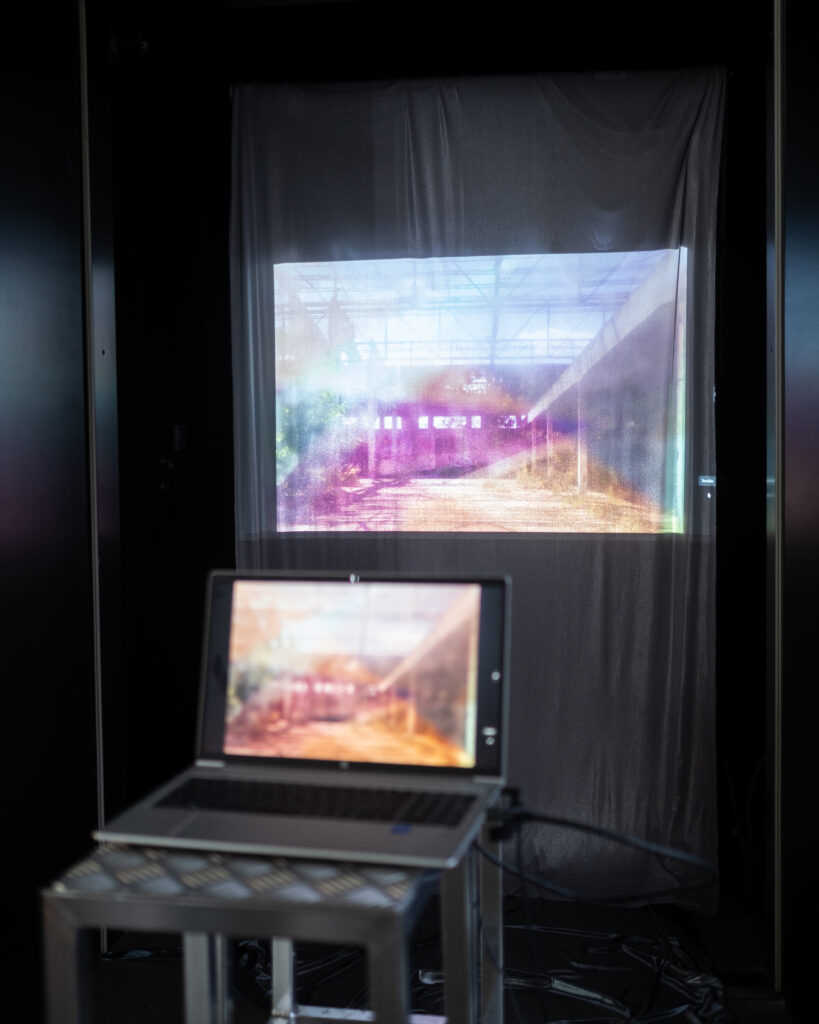
Boglar Peruzzi
This artwork explores the intersection of industrial heritage, urban transformation, and personal rediscovery. Through abstract elements and geometric dynamics, it reimagines abandoned factory landscapes as symbols of economic change and cultural memory. Inspired by the architectural order of Csepel’s industrial sites and the alien-like beauty of volcanic quarries, the work uses vibrant color filters and interactive GIFs to create a surreal yet tangible connection between past, present, and future landscapes.
Buse Elyas
My project focuses on capturing the industrial heritage of Budapest from 1860-1960, aiming to convey not just the visual but also the sensory experience of history. Through my lens, I seek to frame angles that allow the viewer to almost “smell” the past, immersing them in the atmosphere of the time. After capturing the images, I will work on them to enhance their historical essence, using techniques that evoke the textures and emotions of the century. This process will transform the photographs into more than just representations—they will become portals to the past, making the century come alive for the audience.
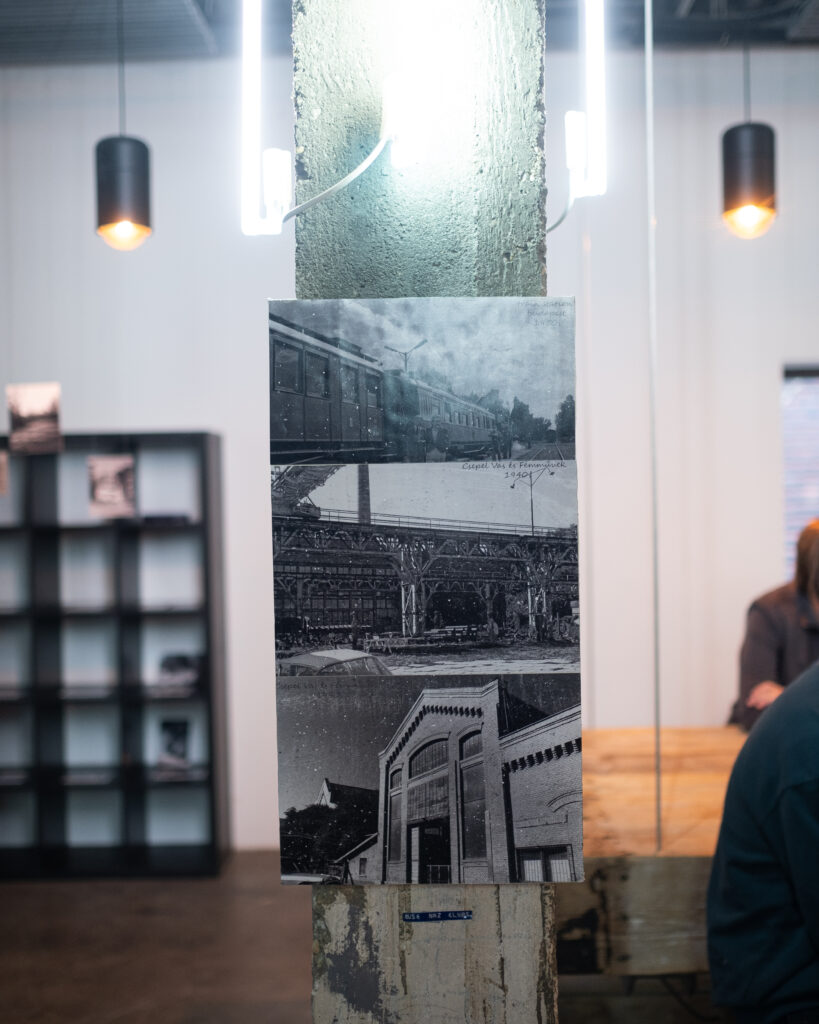
Diego Pereira
The artwork explores the intersection of industrial history and contemporary memory through the lens of punch cards, used in the textile industry to control machinery. By employing alternative photographic processes, I aim to visualize the tension between mechanical reproduction and gestural expression. The project draws from archival materials and industrial remnants, focusing on the poetic traces left in abandoned factory sites. Through physical and digital forms, the piece engages with the fading memory of industrial labor, inviting reflection on time, memory, and space. Ultimately, it proposes that collective history, though effaced, is indestructible in essence.
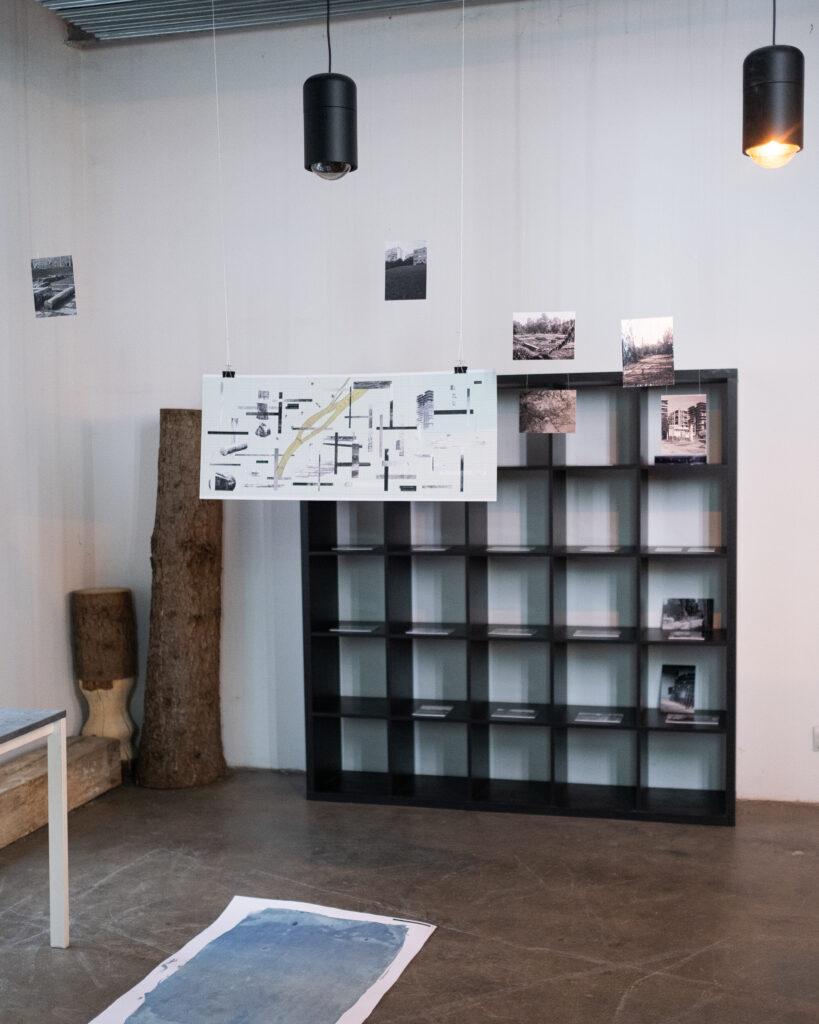
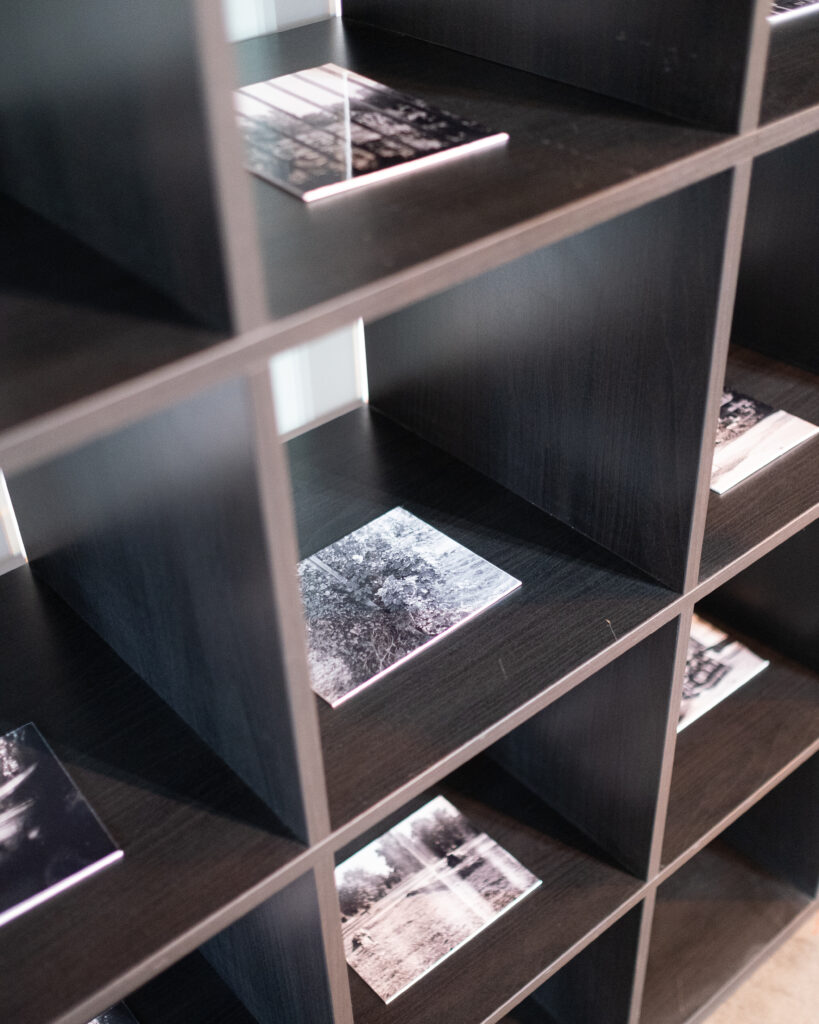

Ivet Anna Koleva Stoyanova
This project envisions the fusion of functionality and artistic expression, rooted in Budapest’s urban industrial heritage. Combining masterplanning, transportation design, and architectural modeling, it transforms historical spaces into contemporary visions of purpose and value. The final digital representation amplifies accessibility, inviting a global audience to explore the interplay of heritage and modernity. By leveraging the digital realm, the artwork not only celebrates architectural evolution but also embodies a universal medium for storytelling, connection, and reinterpretation of industrial history.
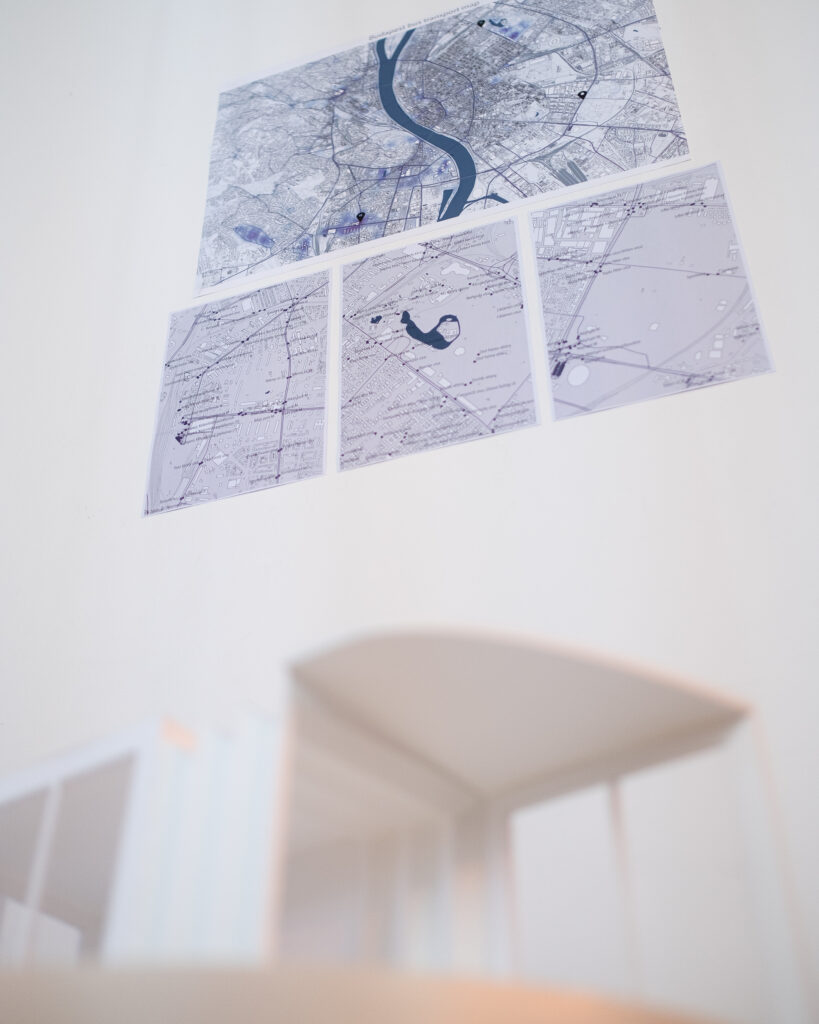
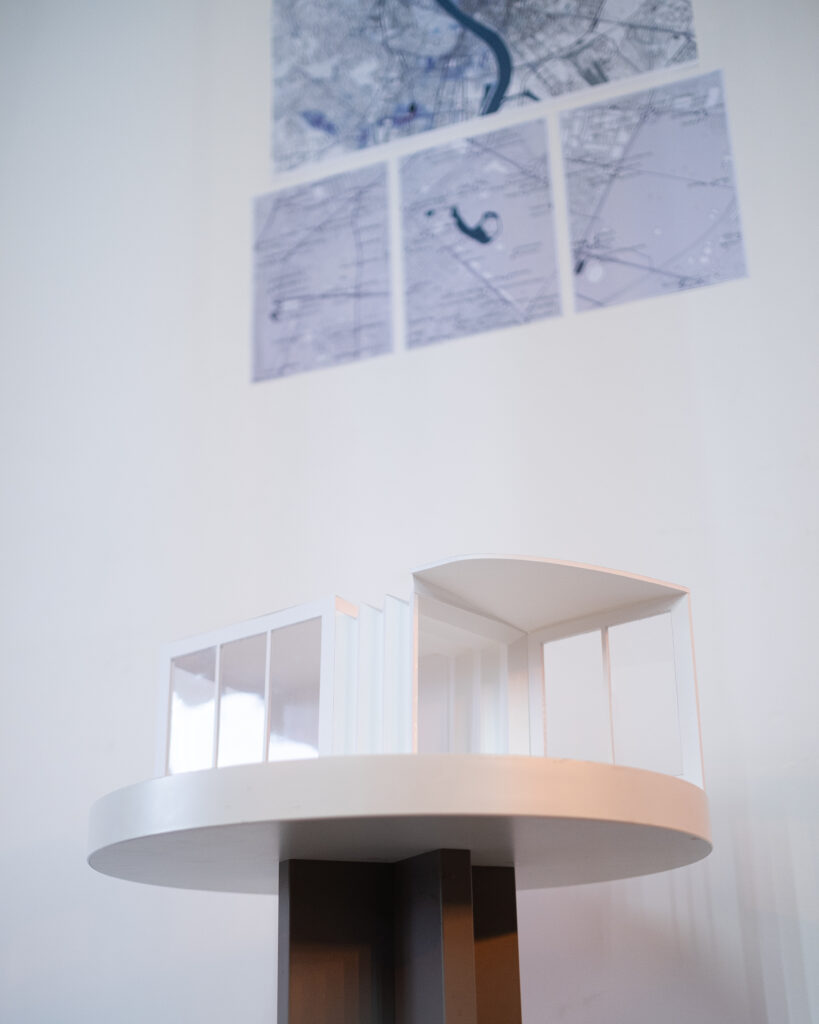
Kristof Szabo
This artwork explores the transformation of urban industrial spaces through a multi-layered approach combining digital art, experimental collage, and architectural installation. By drawing on the concept of the “glitch” in digital media, the piece reflects on the rapid evolution of cities, focusing on the intersection of technological failure and urban progress. Through the use of historic photographs, mesh structures, and dynamic LED light installations, the piece invites viewers to engage with both the tangible and abstract aspects of industrial heritage. It speaks to memory, collective history, and the ongoing metamorphosis of urban environments, addressing societal issues such as capitalism, environmental change, and digital alienation. The installation encourages reflection on how we relate to, preserve, and interpret our industrial past in a rapidly digitalized future.
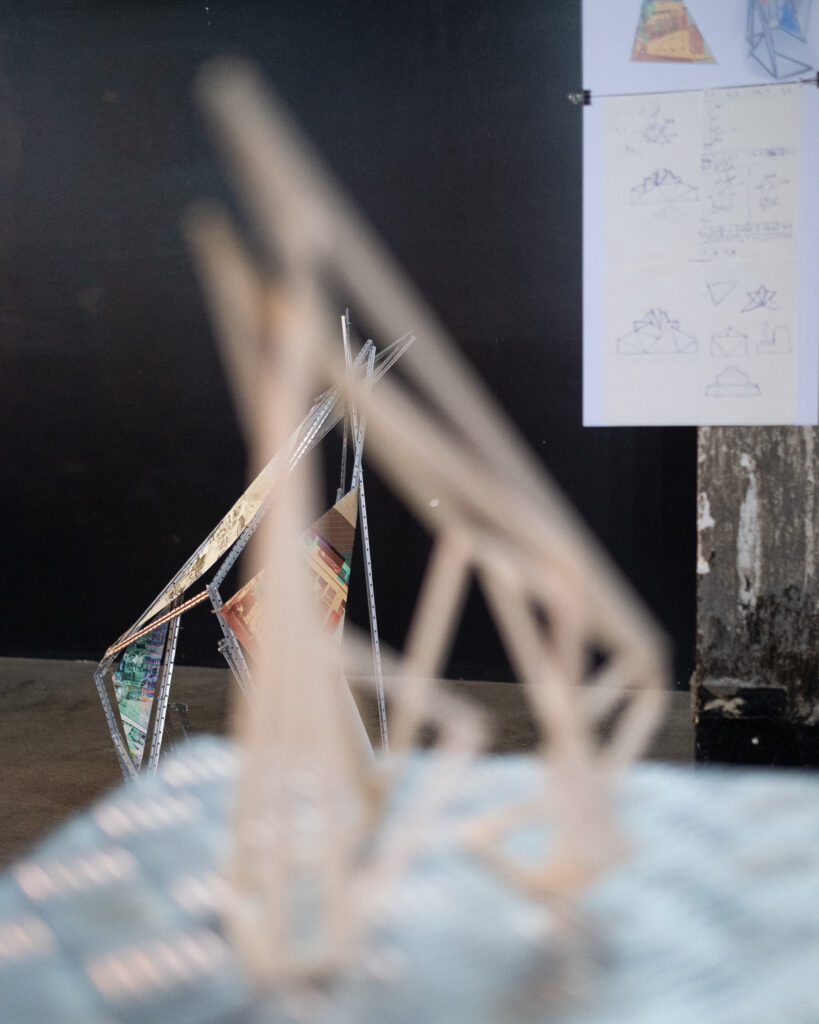
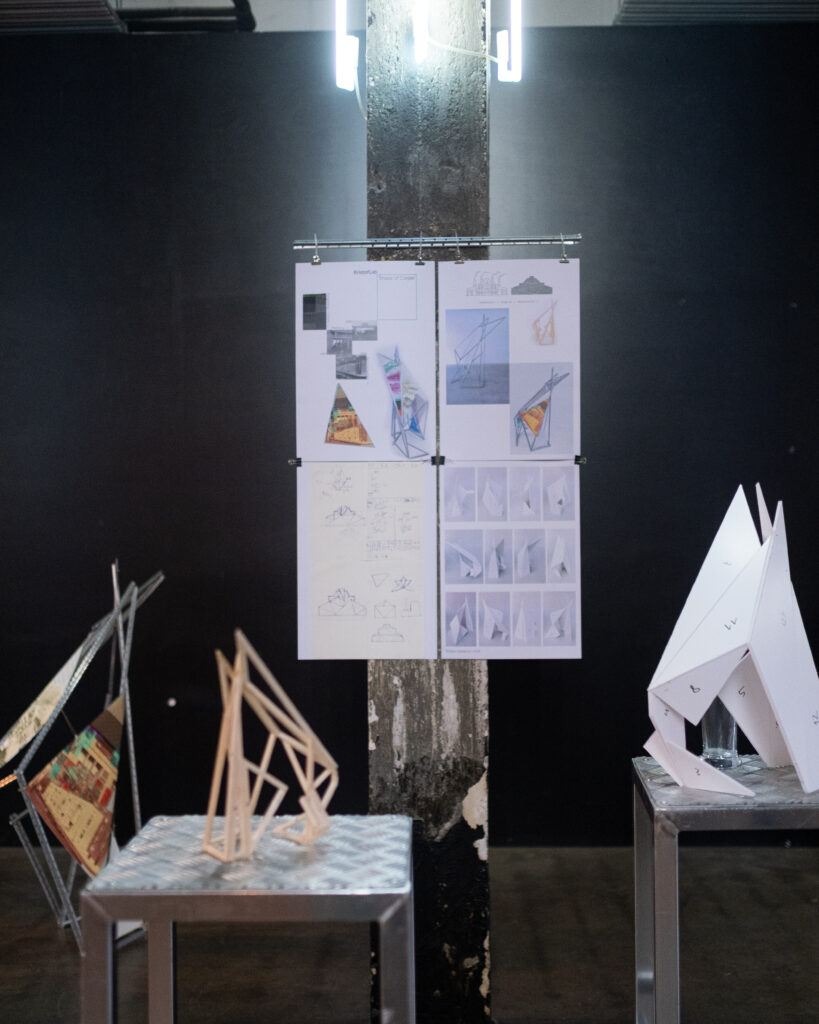
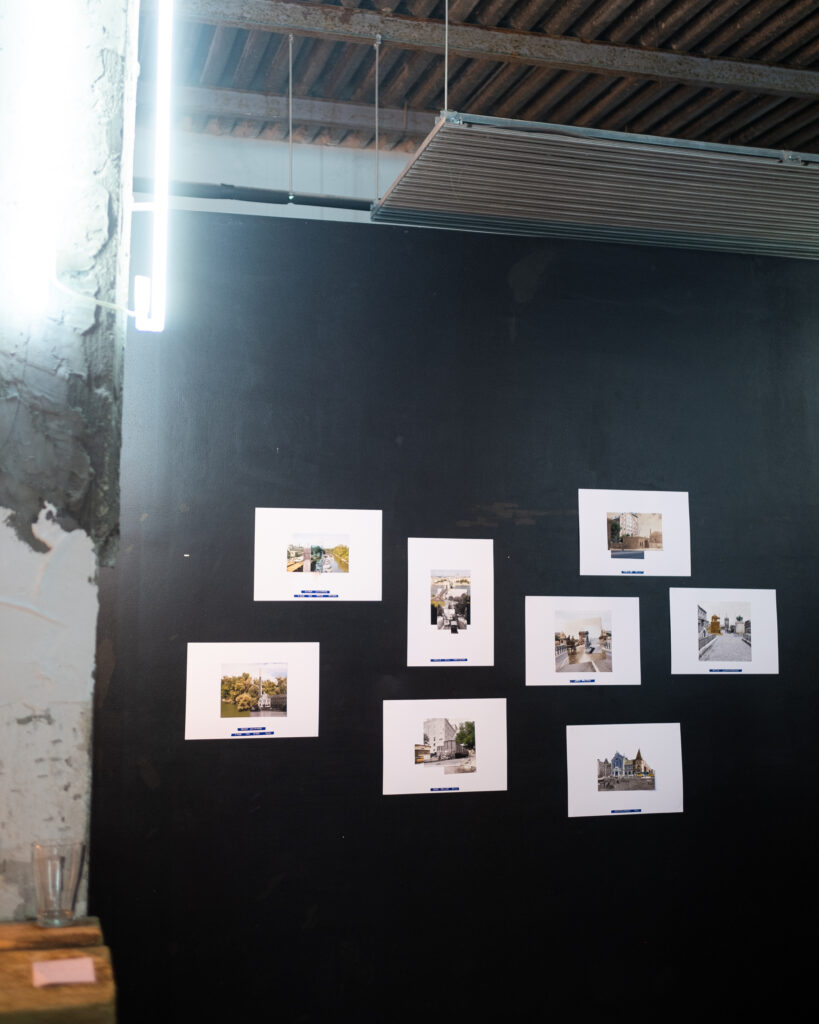
Marta Sofia Rana Marques de Almeida
“The Industrial City: Metamorphoses of a Territory – Budapest” delves into the evolving landscapes of Budapest’s industrial heritage. Through a blend of historical photographs and contemporary visual collages, the project captures the metamorphosis of industrial spaces, highlighting their profound impact on urban development and collective memory. By juxtaposing past and present, the series invites reflection on the legacy, transformation, and future of these once-pivotal sites, bridging the gap between historical significance and modern reinterpretation.
Oscar Lebeck
The project explores the intersection of archaeology and industrial urban environments, focusing on the visible and invisible traces of history. Through experimental photography and acrylic models, I aim to reveal the layered relationship between ancient ruins and modern structures, emphasizing the ongoing interaction between the past and present. The intervention highlights the ruins of Aquincum, merging the historical with the contemporary through the act of spatial reconstruction. Photography allows these traces to be perceived anew, creating a dialogue between the physical and the imaginary. Ultimately, the project invites reflection on the representability and preservation of cultural heritage in the face of urban development.
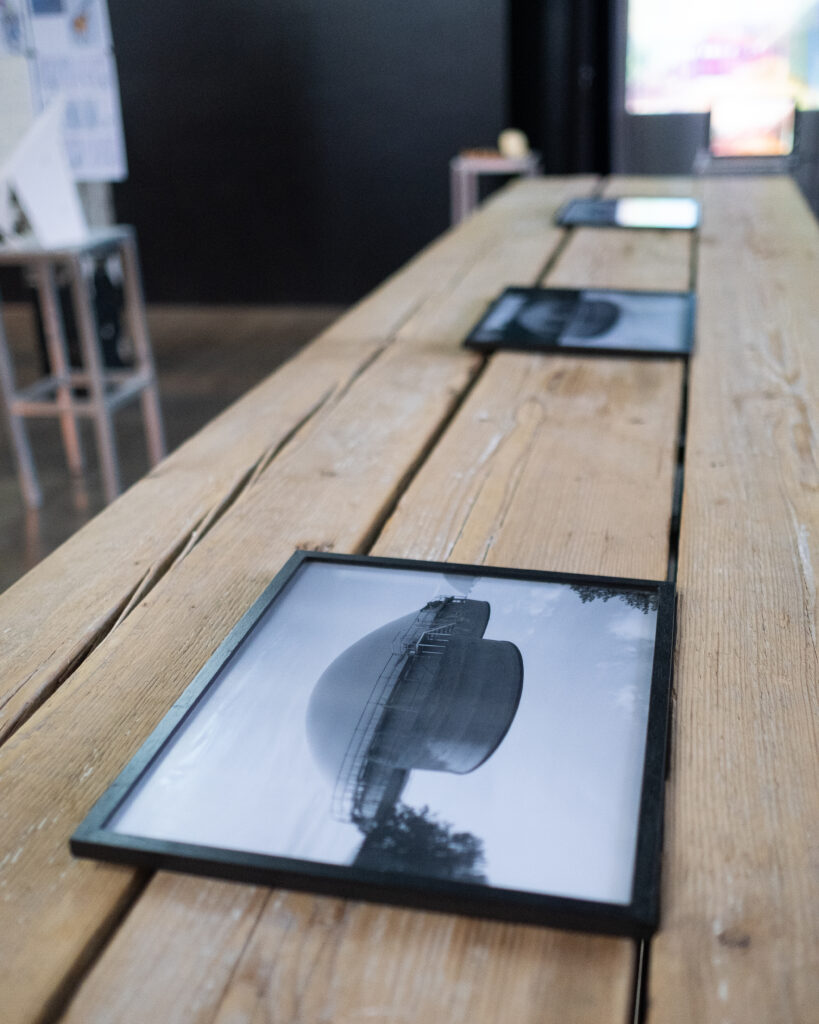
Funded by the European Union. Views and opinions expressed are however those of the author(s) only and do not necessarily reflect those of the European Union or the European Education and Culture Executive Agency (EACEA). Neither the European Union nor EACEA can be held responsible for them.
